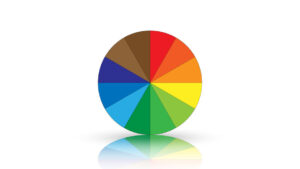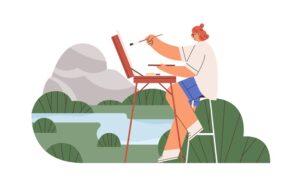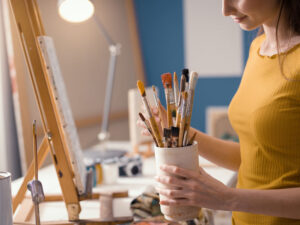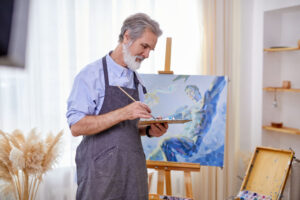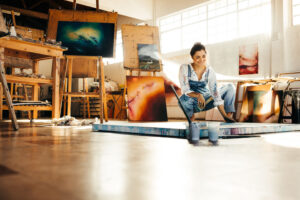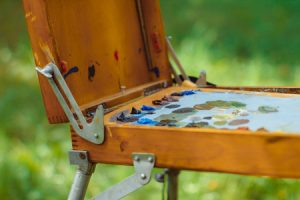Nestled in the heart of New Hampshire, Milford boasts a picturesque landscape that has captivated the hearts and brushes of local artists for generations. The town’s natural beauty, with its rolling hills, serene rivers, and charming architecture, serves as an endless source of inspiration for painters, photographers, and artisans alike.
Milford’s Tranquil Rivers
Milford’s landscape is punctuated by the tranquil Souhegan River, which winds its way through the town, providing a serene backdrop for countless works of art. Local painters often find themselves captivated by the river’s gentle flow, its reflections dancing on the water’s surface. This inspiration has led to the creation of stunning watercolor and oil paintings that capture the essence of the river, its banks, and the life it sustains.
The Hills and Valleys of Milford
Milford’s rolling hills and lush valleys provide a rich canvas for artists to explore various painting styles. From impressionistic interpretations that highlight the interplay of light and shadow to realistic landscapes that faithfully depict every detail, local artists celebrate the town’s topography through their work. These paintings often serve as a reminder of the beauty that surrounds Milford’s residents every day.
Historic Architecture and Charm
Milford’s historic charm is not limited to its natural beauty. The town is also home to a variety of architectural gems, including quaint New England houses, churches, and a charming downtown district. Local artists often find inspiration in these architectural wonders, capturing their elegance and timeless
Seasonal Splendor
One of the unique aspects of Milford’s landscape is its ever-changing beauty with the seasons. Artists find joy in capturing the vibrant colors of spring, the lush greenery of summer, the fiery hues of autumn, and the serene, snow-covered landscapes of winter. Through their art, they preserve the fleeting moments of each season for all to appreciate year-round.
Community and Collaboration
Milford’s artistic community thrives on collaboration and support. Local galleries and exhibitions regularly feature the work of these talented artists, providing them with a platform to showcase their interpretations of Milford’s landscape. Art enthusiasts from near and far can immerse themselves in the beauty of the town through the eyes of its creative residents.
Milford’s landscape is a muse for local artists, inspiring them to create beautiful works of art that reflect the town’s unique charm. From serene riverbanks to rolling hills, historic architecture to seasonal splendor, Milford’s natural and architectural beauty is captured in every stroke of the artist’s brush. Through their art, these local talents celebrate the place they call home and invite others to appreciate the timeless beauty of Milford, New Hampshire.
At Creative Ventures Gallery, we offer art classes and workshops specially designed for children. Our experienced instructors create a nurturing and fun environment where children can discover the joy of art. To learn more about our offerings, call us at 603-672-2500.



